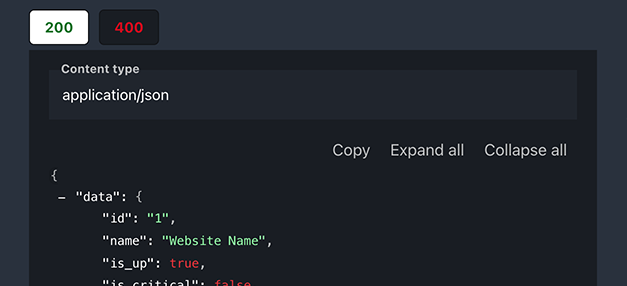Frequently asked questions
How do I receive website downtime notifications?
To receive website downtime notifications, simply sign up for our service, enter your website URL to start monitoring, and choose your preferred notification method (email, SMS, or Slack). We'll automatically send you alerts whenever your website experiences downtime.
How often do you check my website?
We can check your website as frequently as every 30 seconds, ensuring that you're promptly notified of any downtime.
From how many locations do you monitor websites?
We monitor websites from 171 locations worldwide, spanning six continents. This broad network ensures a comprehensive view of your website's performance across different geographic regions.
How do you ensure the reliability of your monitoring service?
We use a triple-check system from different geographic locations when suspicion arises. You only receive an alert if all three secondary checks detect a problem. Additionally, we operate across two datacenters to eliminate single points of failure.
What types of incidents can you detect?
We can detect various incidents, including HTTP errors, timeouts, SSL certificate issues, and more. We monitor HTTP, HTTPS, DNS, UDP, TCP, ping, domain expiration, and email.
Do I need to install anything on my website?
No, you don't need to install anything. Simply provide your website URL, and we'll take care of the rest.
What notification methods do you support?
We support multiple notification methods, including email, SMS, Slack, WhatsApp, Telegram, Discord, and many more.
Do you provide monitoring reports?
Yes, we offer daily, weekly, or monthly monitoring reports. These reports can be customized with your company's colors and logo.
What information do you provide for troubleshooting?
We provide detailed information for root-cause analysis, including error screenshots, error type, response time, response body, response headers, traceroute, and more.
How quickly can I set up monitoring for my website?
It only takes a few minutes to get started. Create an account with your name, email, and password, then enter your site URL to begin monitoring.




















